#icelandic people
Text
Average Icelandic-Faroese online experience:
🇮🇸 islandnr1 Follow
Iceland is the best country in the world 🥰
🇫🇴 faroeislandslover Follow
The Faroe Islands are way better
🇮🇸 islandnr1 Follow
Kys
🇫🇴 faroeislandslover Follow
Kys
🇮🇸 islandnr1 Follow
Kys
🇫🇴 faroeislandslover Follow
Kys
🇮🇸 islandnr1 Follow
Kys
🇫🇴 faroeislandslover Follow
Kys
🇮🇸 islandnr1 Follow
Fuck you you live on some tiny rock in the middle of nowhere
🇫🇴 faroeislandslover Follow
So do you and also your mother is a whore
🇮🇸 islandnr1 Follow
What's it like not having independece
🇬🇱 greenlandexists Follow
Does anyone care about us
🇩🇰 thecolonizer1000 Follow
No
14 people arguing about fish in the notes
#the internet was a mistake for allowing Icelanders and Faroese people to talk to each other#is this too niche
2K notes
·
View notes
Text
📍Iceland 🇮🇸
#video#nature#paradise#natureza#paraiso#view#volcano#vulcano#larva#people#hiking#explore#travel#iceland#Islândia#gorgeous#wonderstruck
172 notes
·
View notes
Text
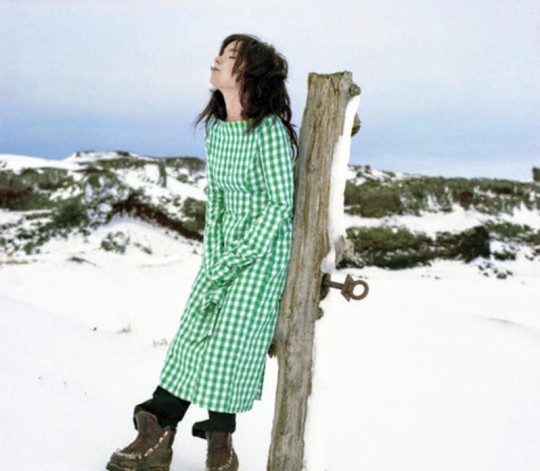
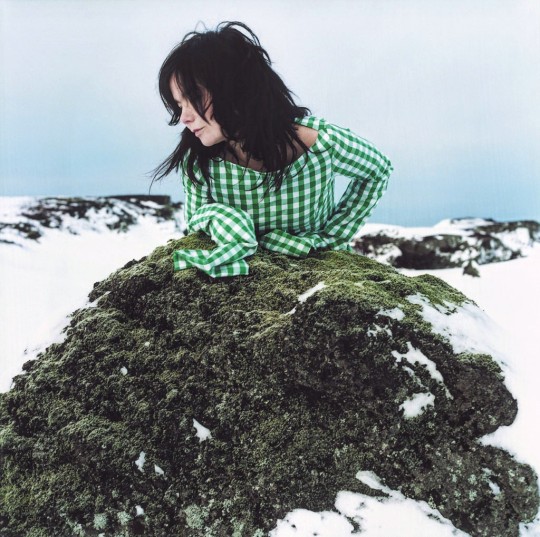
Björk Iceland, 1999, by Benni Valsson.
#bjork#1990s#winter#landscape#iceland#alternative#snow#rock#90s#pop#music#style#retro#celebs#alternative rock#singer#outdoors#nature#indie#people#dancer in the dark#💚
128 notes
·
View notes
Text
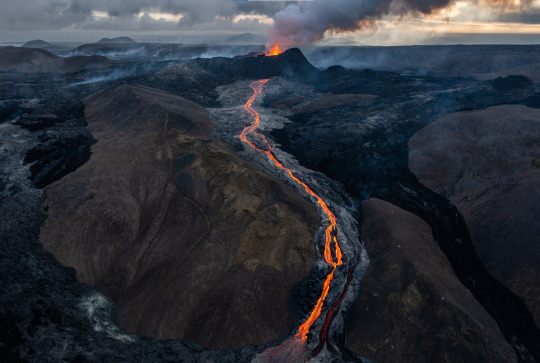
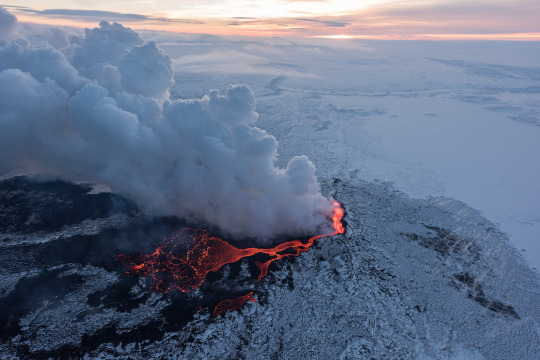
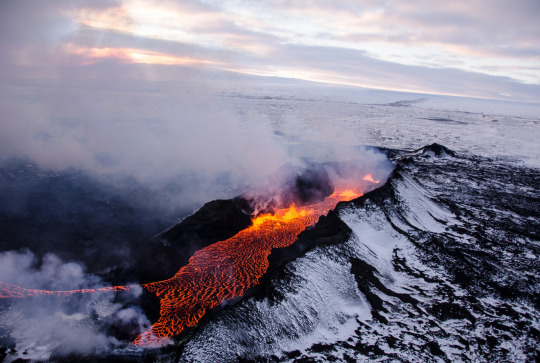
#nature park#no people#nature#volcano#mount fuji#fire#lava#landscape#travel photography#spring aesthetic#cottage aesthetic#nature aesthetic#aerial#art#illustration#flowers#river#volcanic#iceland#mountains#geograpsblog#geology#geography#aesthetic#aestethic#travel#wallpaper#nature photography#naturecore#photography
67 notes
·
View notes
Photo

Portraits of Icelandic People by Daniel Bruun
The Danish National Museum has a large collection of photographs, many of which are available online. Since Iceland was a part of the Danish Kingdom until 1944, the museum contains a fascinating collection of old photographs taken in Iceland around the turn of the century 1900. Among these collections is the Daniel Bruun collection.
https://icelandmag.is/tags/danish-national-museum
#daniel bruun#portraits of icelandic people#photographic portraiture#portraits of women#icelandic#woman#women#1900s#daniel bruun collection
231 notes
·
View notes
Text

// orange //
web instagram
by Georg Nickolaus
69 notes
·
View notes
Text

#just for fun#aph indonesia#aph iceland#hetalia world stars#hws#i noticed people might think 'because ice is a minor? ' but in hws 459 it's implied he's an adult#shouldn't be taken serious#i like to add more height gap tho-#indoice
122 notes
·
View notes
Photo

64°50'34.2"N 14°40'13.9"W
instagram/oftwolands
www.oftwolands.com
#Gullfoss#iceland#waterfall#powerful#Adventure#explore#travel#Travel Photography#photography#moody#scale#epic#water#people#yellow jacket#of two lands
486 notes
·
View notes
Text
tomorrow i'm visiting a stable where i might start having equine therapy eventually.. nervous but excited!!
#just thought my fellow tumblr horse people should know#it might also open me up and make me brave enough to eventually start “proper” horse riding again#which i would love to#sickness and many other troubles took the opportunity to ride away but now i want to take it back!!!#did i mention that there are 27 whole icelandic horses at this stable. i'm about to be in heaven
99 notes
·
View notes
Text
Hundreds of people, including several artists, chanted ‘Free Free Palestine’ at a pro-Palestine event at the University of Iceland’s theatre.
#Hundreds of people#including several artists#chanted ‘Free Free Palestine’ at a pro-Palestine event at the University of Iceland’s theatre#iceland#theatre#free palestine#freepalastine🇵🇸#palestine#free gaza#gaza genocide#gaza strip#gazaunderattack#gaza#all eyes on rafah#save rafah#free rafah#rafah under attack#rafah#genocide#no pride in genocide#class war#israel#israhell#benjamin netanyahu#fuck netanyahu#netanyahu a criminal of war#bibi netanyahu#anti netanyahu#ausgov#politas
30 notes
·
View notes
Text
I genuinely think if it weren’t such a dead give away to their identities, Kell and Lila would speak English/High Royal in public all the time, just so they could talk about people around them without being heard or understood.
‼️Also the fact that English is effectively their own little language on the ship that they only speak privately to each other makes me wanna cry like a baby!!! Like that is so fucking intimate that they do that🥹 I could write essays‼️
Anyway…Kell and Lila talking in English in a bar where no one else speaks it so that they can chat shit is so funny to me. Imo absolutely something they would do.
#this post is inspired by my housemate turning to me in a room full of people yesterday and going…#‘i need to learn italian or icelandic so that i can bitch to you about people in the room’LMAO#for context i speak english & italian & icelandic#and she speaks english and mandarin#also she isn’t mean i swear there was just someone problematic in the room she wanted to talk about ahahahha#but he would’ve heard#anyway#i feel like i am not making any sense so maybe i’ll delete this oop#adsom#a darker shade of magic#shades of magic#kell maresh#lila bard#kellila#the fragile threads of power#threads of power
50 notes
·
View notes
Text
Desperate times call for desperate measures and all that...
#it's fine if I wear layers#free shirt yknow!#the sleeve says 100% Icelandic cheese btw#also idc if people online see the logo now cause 1. it's outdated and 2. I'm never going back there lol#video#tiktok#my face#ok to reblog#genuinely though this shirt is really comfortable I might start wearing it to the gym or something#or maybe to paint in
44 notes
·
View notes
Note
Að sjá annan Íslenskan listamann á Tumblr er cool as fuck honestly
Haha! sömuleiðis, kæri landi! 💖🤗
Hvað ætli við séum mörg hérna? Held að það séu bara extra töff Íslendingar sem nota enþá Tumblr.😂
#grey answers#grey is being Icelandic again#there are so few people on this island it’s amazing to find each other on tumblr#only the coolest Icelanders have a tumblr accounts!
39 notes
·
View notes
Text
some old-ish @daszombes fanart from before spring break!!! was jamming to the razzmatazz IDKHBTFM album in school after watching a stream of his the evening before :]!! this is fanart of that steam haha. att might perhaps be das’ favorite il character but who knows
but!! first time drawing deeper still in a year(wow) and first time drawing att ever💔. but!! enjoy the sillies, i loved drawing them :]. had to look up deeper still on google during school so thats on my history now
ft. chonny jash💥💥
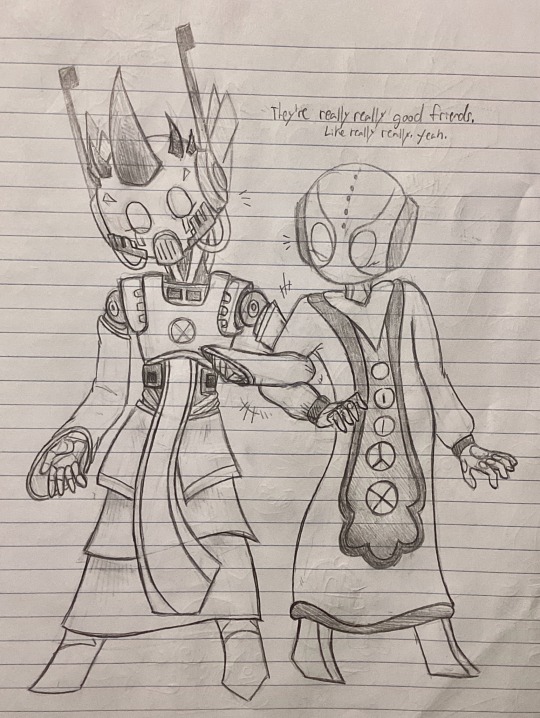








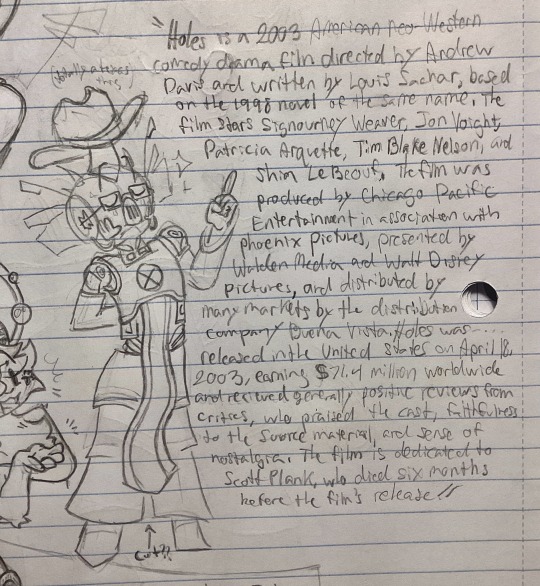
#iceland#iceland epic#daszombes#iterator logs#rainworld iterator logs#rainworld iterator#splashpaws!?!?!#tamkish?!?!?!?!??!!!#daszombes deeper still#iterator logs a taut thread#how do i draw deeper still’s cloak help#the hands here are really good#holes is a texas thing i confirm#das i made deeper still’s cloak into a long skirt dress#IF I WERE A TARDIGRADE IDE MOVE OUT FROM HOME#WHY LIVE IN THE SHRUBBERY WHEN YOU CAN HAVE A THRONE#das pls pat att va on the head for me#gay people….
16 notes
·
View notes
Note
hi!
just a general question, what country are you from?
I’m British-
BORN & RAISED IN THE US OF A!
...yeah, not great, but the rumors are true, we make the Finest, most fattening & bastardeous crimes against god in food there ever will be.
I do envy the brits though. what's it like over there for you? I know the prices are even HIGHER over there ( allegedly ) but- & not to sound like a tea-aboo, but the culture & architecture there & overALL in europe seems just delectable.
perhaps someday, hopefully in this life, i'll get to see it firsthand!
#anonymous#inbox#merica... land of the miserable & home of the ' I would like to be in the lush green fields of iceland right now '#i better not get viciously pro-america people in my inbox i s2g
24 notes
·
View notes
Text
As we have established, I have Can't Shut Up Disease about the Bjarna-Dísa folktale and so I've spent most of this evening making a rough translation, the better to not shut up about it. My Icelandic is a little rusty at this point, so if you spot any parts I've obviously misunderstood, do let me know.
You can read the Icelandic online here, which I'm fairly sure is just a transcription of the text from Jón Árnason's Íslenzkar Þjóðsögur.
You can listen to Snorri Helgason's haunting (haha) song version here on his Bandcamp. The entire Margt býr í þokunni album is a collection of songs inspired by Icelandic folklore, would very much recommend.
Finally, you can find my translation of Bjarna-Dísa below the cut. I'm not sure how best to content warn for it other than to say that it's an Icelandic ghost story where the weather may actually be scarier than the ghost.
EDIT: apparently I'm doing more of these:
The Deacon of Myrká
Bjarna-Dísa
There was a man called Bjarni, the son of Þorsteinn. He was born in the late 18th century and lived until 1840. He had a sister called Þordís. She was about twenty when this story took place.
Þordís was pleasing in appearance, but was considered rather arrogant in attitude. She made a great deal of her clothing and imitated as best she could the fashions of Danish ladies, and she stayed at Eskifjörður marketplace in the last year of her life.
It so happened that Bjarni Þorsteinsson travelled down into Eskifjörður, and Þordís then joined her brother on his journey and planned to go with him to Seyðisfjörður, where Bjarni then lived.
Nothing is told of their journey before they took up lodgings at Þrándarstaðir in Eiðaþinghá. That was in the first half of Þorri [late winter]. They were there for one night. But the next morning, when they wanted to go pass over Fjarðarheiði, the weather was thick with snow and frost. Bjarni told his sister that she should stay behind, because the weather was unreliable and she was dressed for looks and not for protection.
She was in a simple linen dress and linen undershirt, sleeveless from the elbows down. She called it a serk and wanted no other kind of shirt. She had a cloth headdress, red and brown, and her hands and feet were poorly clad.
Dísa was not pleased to sit waiting. She declared that she should go with him, whether he would or no. They fell into an argument, and so set off both in poor humour, and made their way up onto the heath, in spite of the fact that the weather was growing worse and worse.
Now it came to pass that Bjarni had no idea where he was going, and Dísa grew weary from both cold and exertion, and always she complained that she was exhausted from all this walking; then Bjarni began to dig a cave into a snowdrift and when he had finished, it seemed to him that there was a gap in a gravel bank a little way away; then he said to Dísa that he wanted to go over there and see if he recognised the gravel bank. She asked him not to leave her, but it was no use.
So Bjarni went, but then the weather closed in; he thus found neither the gravel bank, nor Dísa again; nonetheless, he carried on indecisively until he crawled, barely awake, into Fjörður in Seyðisfjörður that evening, almost completely without strength, speechless and very scraped up around his face. He had gone astray past the mountain and fallen into brambles and ravines, lost his hat and was generally in a bad way.
At that time, there lived in Fjörður a farmer who was called Þorvaldur Ögmundsson. He was well thought of, powerfully strong and very brave. Those who knew him said that he knew no fear. He was straightforward and even-tempered, intelligent and the best man to ask for a favour.
He received Bjarni well and had him nursed back to health as best he could. And it was not until the next evening that Bjarni was able to tell the tale of his journey, so exhausted was he. Then he begged Þorvaldur to prepare himself to search for his sister; but the weather continued the same as ever. It was weather from the north, very harsh and dark, and so much frost that it was hardly possible for a strong man to find his way home between the houses. So Bjarni was there for two more nights, but on the fifth day after he parted from Dísa, the weather calmed a little.
Then they prepared themselves for the journey, Þorvaldur, Bjarni and a labourer by the name of Jón Bjarnason, a hard-working man and a good fellow; they made their way up to the heath, but a little way from the common route, because it was Bjarni’s guess that that would be the best place to search for Dísa.
When they had come north of Stafdalsfell, they heard a scream so loud that it resounded through all the nearby mountains. Jón and Bjarni were shocked but not terrified, and Þorvaldur did not know what it was to be afraid. He headed in the direction from which the sound had come, until he was east of Stafdalur. His companions had begun to fall behind. Then Þorvaldur questioned Jón’s courage to get him to keep up.
By then, the day had ended, and the weather was somewhat bright, and bitter frost came driving at them; the moon shone down and clouds passed overhead; thus the time passed. Then Þorvaldur saw something in a snowdrift, where he had had no hope of finding anything, though the area was well-known to him. There was a grassy hill stretching away from them.
Then he said to the others, “Þordís must be there now,” and it was as he said.
So he went to her. She was not at that time lying down, as he would have expected from a dead person, but rather she was positioned most like when people are sitting in a chair; the linen dress was tented around her middle and frozen in spikes, and she was bare below and bareheaded, the snow-house blown away so that you could only see the bottom of it.
Þorvaldur spoke then to his companions, saying that they should approach and help each other to arrange the corpse on a skin which he had brought with them for transportation. They dragged it towards him. Then he told Bjarni to cut the frozen covering off her, because he wanted to dress her in trousers, which he had with him, so she was not naked as they carried her. Bjarni did as he was told, though he was afraid.
Then Þorvaldur lifted her up in his arms and intended to dress her in the trousers, but at this, she let out such a great howl that it overpowered him; Þorvaldur has said that it seemed to him impossibly strong and mighty.
His companions recoiled from deadly fear, but Þorvaldur reacted thus: he put Dísa down hard and said rather quickly: “No good are you, Dísa, to struggle like this, because I am not at all afraid, and if you carry on like this, then you will find out that I shall tear your apart nerve by nerve and then throw your body to the wolves; on the other hand, if you behave agreeably for us while we carry you and we have no trouble getting you down, then I shall make a coffin for you and bury you in a Christian grave, though I imagine you aren’t worthy of such a thing.”
After that, he took her, dressed her and arranged her on the skin, called his companions to him and made his way home.
(Other stories say that Þorvaldur may have broken Dísa’s back to make her be quiet, and thus she stopped howling. There are many other ugly stories about their exchange. Þorvaldur was a decent, honest man, but superstitious like many in the 18th century, and the story he told himself must be the most accurate.
(The stories say that Dísa and Bjarni had had a cask of strong spirits. Dísa may have been drunk, but alive, and Þorvaldur dealt with her out of superstitious fury.))
Þorvaldur had seen that the tracks from Dísa’s lair were like this: that she had walked, so that each path was different, to about four fathoms away and then leapt backwards in a single leap with both feet, back into her den, and she had done this twice. Hermann of Fjörður in Mjóafjörður, who was called very wise, has said that this was the habit of those who walked after death, and they needed to do it three times in order to become full revenants, but Dísa lacked the third path.
Now they carried on down from the heath; the weather was so dark overhead that it was hard to find their way, yet they arrived unharmed at Fjarðarsel; it was then a short way out to Fjörður over the shoulder of the mountain, but Þorvaldur did not trust himself to find his way along the fjord; he asked for lodgings for him and his companions. But the farmer refused; he said that he had become wary of the unpleasant spirit that followed them.
Then Þorvaldur began to make arrangements: he set the body in a shed across from the doors to the living quarters and went into the living quarters with his companions, and the farmer sat with his son on the edge of the sleeping platform. Both of these two were called Björn; they each held a spiked walking stick in their hands and paced back and forth in front of the door. Thus they continued into the night. Þorvaldur did not become sleepy, and did not undress, but went out alone to look at the weather. One time during the night, when he wanted to turn back to the main building, Dísa appeared before him in the doorway, as though she wanted to follow him inside, but he turned her away and hurried into the living quarters.
With the coming of day, the weather quietened, so that they were able to reach Fjörður. The hut in which Dísa had spent the night was scratched as though by claws. Now Þorvaldur went to a coffin-maker, just as he had promised, and had Dísa brought to Dvergasteinn. The priest there at that time was Þorsteinn Jónsson the poet (d. 1800). He offered Dísa burial in the Christian manner. But it so happened that the next morning there was a strangely deep hole at the foot of Dísa’s resting place; the hole was filled, but in the morning it was open again. Again it was filled, and yet again, on the third morning, it was open as before. Then the priest himself came and said a blessing over the hole. Men say that from that point on, it did not re-open.
Now it must be told about Bjarni, that henceforth, whenever he intended to sleep, Dísa came and tried to take him by the throat, and this was no secret because both the blind and the sighted saw her. Men also said that she had often attacked him, even in the light. Then he went to Father Þorsteinn, who was mentioned before, and received some kind of protection from him, so that Dísa never succeeded in hurting Bjarni himself.
Bjarni had thirteen children, and they all died young and quickly. Men have it as true that Dísa must have hastened all of their deaths. She followed Bjarni until his dying day and often made her presence felt: killed living people, and sometimes attacked men, and there are many tales told of her tricks that would be too long to relate here.
And thus ends the story of Bjarna-Dísa, and the story here is written as it was told by Þorvaldur himself.
#I would love for people to read this because I think it's a very cool and creepy little story#with lots of room to imagine all sorts of horrible things if you want to#unfortunately I have no idea what to tag it as so *shrug* here goes#folklore#icelandic folklore#translations#ghost stories#(on which note I should really see if we have anything else attributed to Mr Cleverclogs Hermann of Fjörður because his stuff about#How to Make a Revenant is very interesting and I wonder how well-known it was)
38 notes
·
View notes